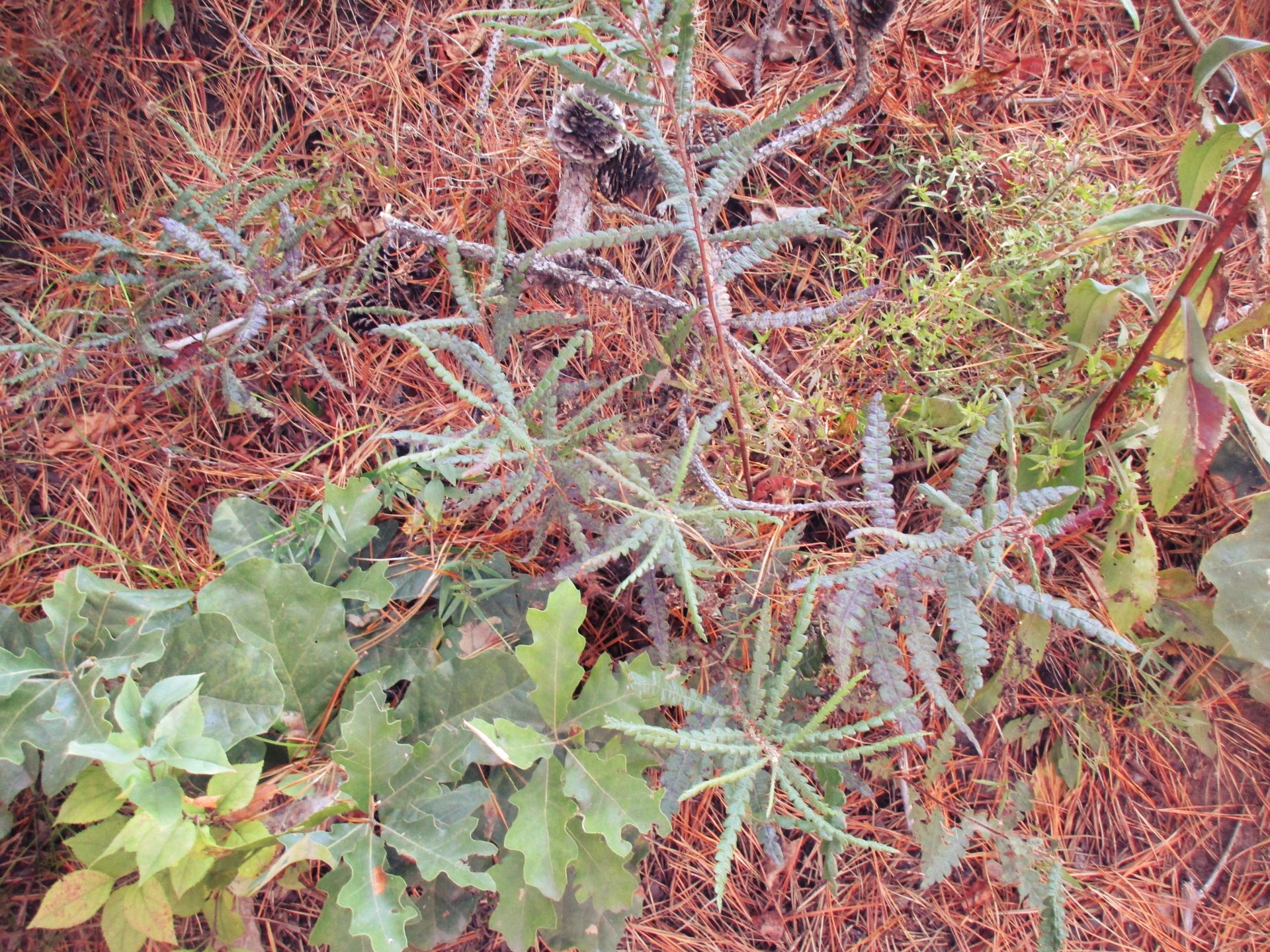by Tom Ellis
ALBANY, NY: “If we lose reverence for any part of life, we lose reverence for all of life,” said Save the Pine Bush member Lou Ismay at the April 17th SPB dinner at which Lou spoke about his launching the Protect Your Environment (PYE) Club at SUNY Albany fifty years ago. He said many future members of Save the Pine Bush met each other through PYE.
Before Lou spoke, Lynne Jackson read proclamations honoring Lou and his great achievements from Albany Mayor Kathy Sheehan, US Representative Paul Tonko, Albany County Executive Dan McCoy, and from the NYS Senate. Assemblyman Patricia Fahey later read a proclamation from the NYS Assembly. Lou said the project was initially conceived as a joint Union, RPI, and SUNYA endeavor but became a SUNYA project. It was designed for juniors and seniors but was quickly opened to freshmen and sophomores. A $5000 grant got the project up and running.
The course expected students to (1) attend classes and hear 3-4 guest speakers each semester; (2) perform some useful activity for them self or some one else; and (3) evaluate their project as successful or unsuccessful and why. Course activities were regularly reported on in both Albany daily newspapers. For years, Lou said he logged 30-60 daily contacts from walk-ins, telephone, and mail.
Classes met on Tuesdays from 4-8 p.m. The first hour was guest speaker lecture and the second hour a sit-down dinner. He said Albany Mayor Erastus Corning contacted Lou wanting information. Program participants made a presentation at a National Governor’s Conference at the Commodore Hotel. Students built a particulate air monitoring instrument that counted particles per cubic centimeter.
The first Earth Day in 1970 occurred during the first year second semester of the program. By then, PYE was already nationally known. At the governor’s conference, he met a group of high school girls from Long Island who had created their own PYE. Lou said this “was an interesting and exciting time.” He said a SUNYA biology professor told him that PYE activities were occurring all over the campus.
Tours of the Pine Bush began in 1970. Lou walked to the high sand dune where he could see the Catskills and Berkshires. The Pine Bush work continued from semester to semester. Students helped clean a dump in a ravine filled with bath tubs, washing machines, and other debris. Some of the construction and demolition debris had to be removed via helicopters.
Lou said he always invited now-retired NYS DEC wildlife pathologist Ward Stone to be a guest speaker. Another guest speaker from the SUNYA atmospheric sciences department had documented particulates traveling around the world.
Some students got their parents involved in their work. Many tips were received. Mark Levine walked along Central Avenue in the 1970’s noticing many ill people and began making the connections between their health and NL Industries uranium emissions. [Decades later British scientists determined that NL Industries emitted several tons of uranium from its smoke stacks at 1130 Central Avenue in Colonie.]
After a woman died who lived downwind of GE Selkirk, students began investigating to learn what was coming from the GE stacks. Lou said projects could be one semester or go on for several or many semesters.
He said “It was not all Ph.D. work” but “It was diligence.” Students conducted field work, research, and wrote reports. Each student also had to assist another student(s) with their project.
Another project concerned damage from the Tobin Packing Co to the Patroon Creek. Two students won a lawsuit. The Pine Bush project documented every wetland in Albany County.
Lou asked, “Was it an academic course or a course in life?” He said that for years, no one in the SUNYA administration or archives paid much attention to what the students were doing.
One result of the PYE was Albany Mayor Corning allowing many environmental groups to move into a former public school building on Morton Avenue. Denis Lamoureux had an office there and Lou later gave some of his archives to the Lamoureux Foundation. Some students worked in collaboration with the Rensselaerville Institute.
When the university decided to eliminate the project along with 114 programs in 1978, more than 400 parents, students, and faculty opposed the closure. Lou said most of the 114 programs had a strong female leadership. He said the legislature provided $90,000 to retain the program for another two years.
He said he has made a list of industries in the United States that have killed millions of people without anyone going to jail or prison. Lou quoted Mohawk Indian Tom Porter who speaks of one mind: people agreeing in unison to go do something.
Later in the evening, Lou asked me to think about “What would the world look like if children really mattered?”
* * *
Please note: Lou Ismay gave a riveting speech at the April dinner, but, due to time restraints, he was not able to finish all of the stories he has to tell. Lou will speak again at the SPB August dinner, Wednesday, August 21 at 6:00 at the usual location, Westminster Presbyterian church, 85 Chestnut Street, Albany. Everyone is invited!
Published in June/July 2019
Save the Pine Bush Newsletter
